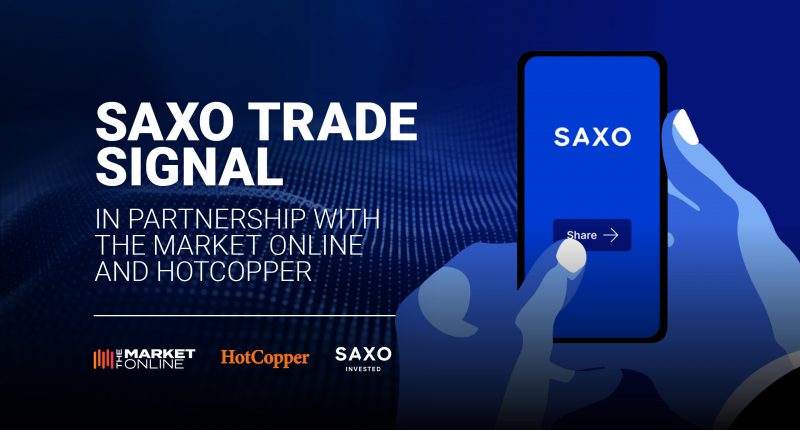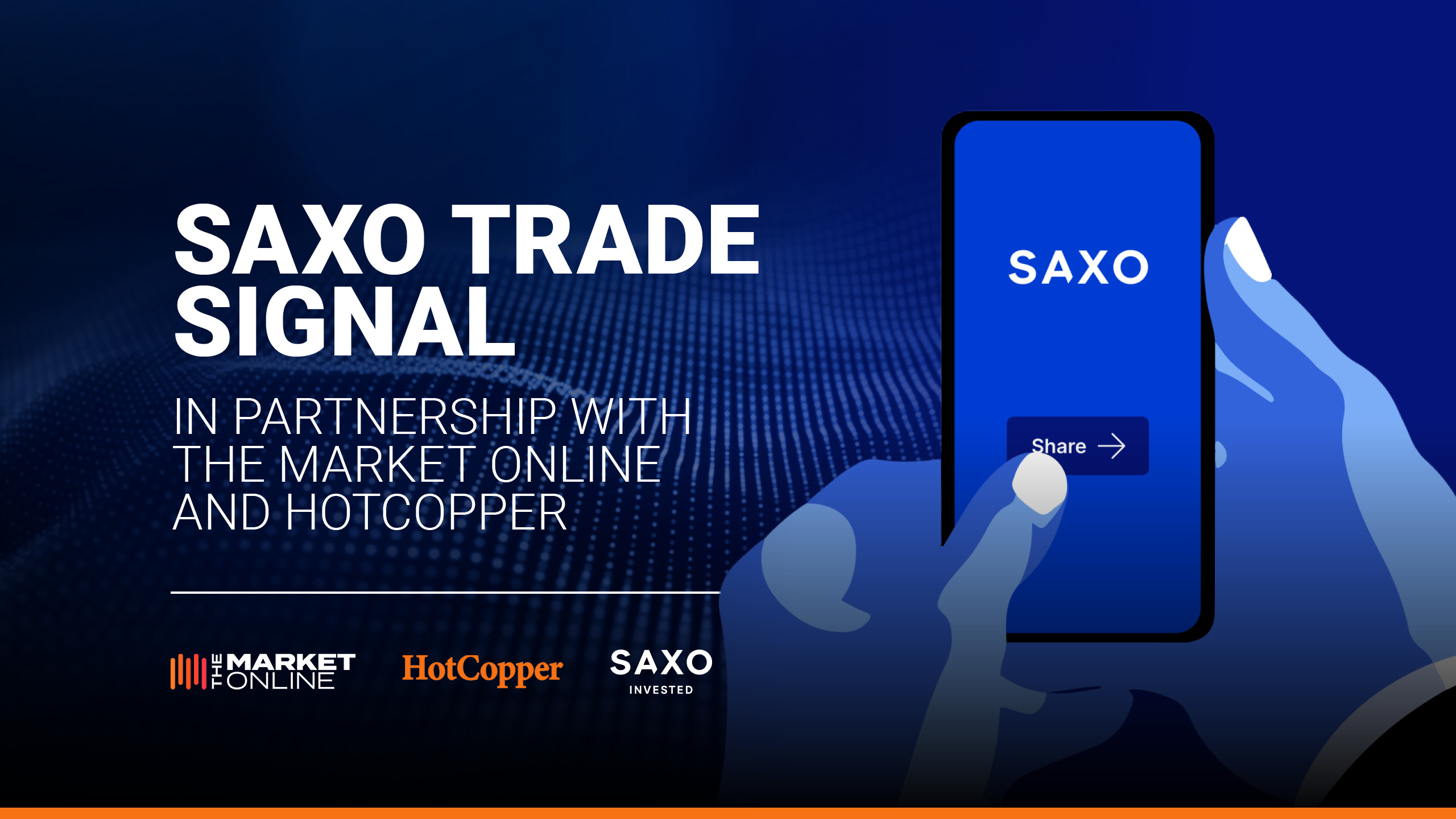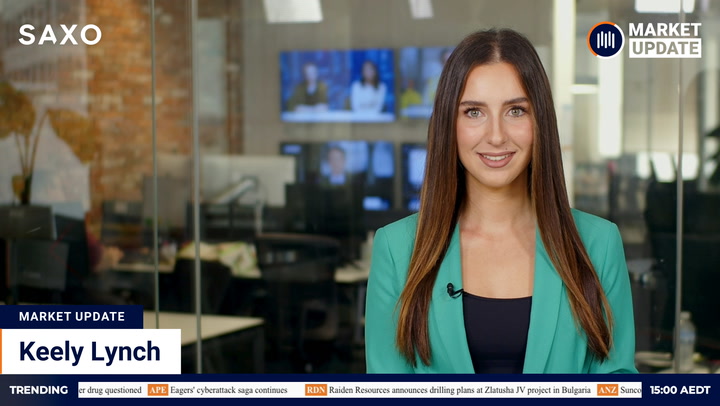In the ever-evolving landscape of options trading, few strategies have garnered as much attention – and debate – as Zero Days to Expiration (0DTE) options.
While some hail 0DTE options as the fast lane to quick profit, others caution they’re a surefire way to crash and burn. So what’s the real story?
0DTE options may sound exotic, but they are fundamentally the same as any other options contracts in the market.
What sets them apart is their expiration date, which is set to occur on the same day they are traded.
This unique feature compresses the timeline for potential profits or losses, making them a point of interest for traders looking for quick outcomes.
Their rapid growth since 2022 has been fuelled by advancements in trading technology and increased market volatility.
Saxo offers a selection of 0DTE options across various asset classes and indices, catering to both investors and traders with diverse needs and risk profiles.
Why trade 0DTE options?
The advantages:
Time Efficiency: 0DTE options offer an opportunity for quick decision-making and potentially rapid returns – especially advantageous for premium sellers.
Lower Premiums: The shorter expiration timeline often results in lower premiums compared to options with longer expiration dates.
Flexibility: 0DTE options enable traders to capitalise on short-term market movements without the long-term commitment that other options require.
Hedging capabilities: 0DTE options are a targeted solution for investors and traders looking to hedge against intraday risks.
The risks:
Complexity: Options trading is inherently complex, and the rapid time decay of 0DTE options adds another layer of difficulty.
Financial: The leveraged nature of options means you can lose more than your initial investment.
Emotional: The quick pace and high stakes of 0DTE options can be emotionally draining.
Impact of market events: 0DTE options are sensitive to market events and volatility.
What are the most common strategies?
0DTE options, while similar to their longer-dated counterparts, possess distinct features that influence strategy selection.
Their short lifespan and high leverage make them more sensitive to market movements, requiring specific strategies that account for these variables.
The choice of strategy should always align with your market outlook, risk tolerance, and trading objectives.
Buying and selling long options: This strategy has gained popularity among day traders, particularly for liquid Exchange Traded Funds (ETFs), which opens the door to advanced techniques such as scalping, high-frequency trading and momentum trading.
Defined risk strategies: Strategies like ‘iron condors’ or ‘vertical spreads’ are often preferred for their limited loss potential, providing a safety net in volatile markets.
Selling premiums: 0DTE options are highly attractive for premium sellers due to their accelerated time decay.
Delta neutral strategies: Strategies such as ‘straddles’ and ‘iron flies’ can be beneficial for traders looking to profit from volatility.
Spreads and butterflies: These effectively reduce capital outlay while maintaining a reasonable probability of profit.
0DTE option risk management
Trade size: Position sizing is commonly tailored to match a predefined maximum loss.
Capital allocation: A common practice is to allocate no more than 1 per cent of your total account value, including existing positions, for a single trade or position.
Margin utilisation: For the scope of this article, a good practice is to not exceed 50 per cent margin utilisation.
Stop-losses on short legs: Sometimes, relying solely on the maximum loss of a strategy isn’t practical – in such cases, you can set a stop-loss or a stop-limit on your position.
Risk-to-reward ratio: For high-probability strategies, which typically have a Probability of Profit (POP) of 80 per cent or higher, a commonly targeted risk-to-reward ratio is 3:1. This means you’re willing to risk $3 to make $1, reflecting the strategy’s higher likelihood of success. On the other hand, low-probability strategies, such as those with a POP of 30 per cent, often aim for an inverse risk-to-reward ratio, like 1:9. In these scenarios, one successful trade must often compensate for multiple unsuccessful ones.
Psychological preparedness: Being mentally and emotionally prepared to stick to your 0DTE strategy is crucial.
Choosing the right options
Selecting the appropriate 0DTE options is no small feat:
Underlying asset: Selecting the right underlying asset for your 0DTE trades will be influenced by multiple factors, such as the type of options (American vs European), the asset class (ETF vs Index), and your knowledge of specific economies or sectors. News events can also dramatically influence an underlying asset’s price.
Liquidity: The ease with which you can enter and exit positions is pivotal for the success of your trades.
Implied Volatility (IV): IV reflects the market’s expectation of how much the underlying asset will move. A higher IV means the option is more expensive – selling strategies may thus offer higher premiums. However, IV is not static – it’s influenced by a host of factors, including current news events.
Strike Selection: Out-of-the-money (OTM) options may be suitable for premium sellers, while in-the-money (ITM) options may be more appropriate for directional trades. One tip is to consider the Delta of the option, as well as its volume and open interest.
Time to Expiry: Unlike longer-dated options, the time decay in 0DTE option contracts is a rapidly accelerating force. Some traders prefer to initiate positions at the start of the trading day to capitalise on full-day movements, others might wait until around lunchtime, and some may enter the market in the last few hours, aiming to take advantage of time decay.
Your exit strategy should also be well thought out. While some traders aim to hold their positions until the options expire worthless at the end of the day, others may look to exit earlier to lock in gains or minimise losses.
Contract Size
For most 0DTE stock options and many index options, a standard contract represents 100 units of the underlying asset.
Choosing the appropriate contract size intersects with your overall risk management strategy. Are you comfortable risking a large nominal amount, or do you prefer to keep the stakes lower? The contract size can also influence collateral requirements.
Trade checklist
Before diving into the fast-paced world of 0DTE options trading, it’s crucial to have a systematic approach. This checklist is designed to be your ‘pre-flight routine’, helping you consider all the key aspects that could affect the outcome of your trade:
- Do you have access to real-time market data feeds?
- Have you selected the right underlying asset based on your strategy, knowledge, and current market conditions?
- Have you checked the liquidity of the options you’re considering?
- Are you aware of the current implied volatility and any news events that could affect it?
- Have you chosen your strike based on delta, premium, volume/open interest, or a combination thereof?
- Have you considered when you’ll enter and exit the market?
- Are you aware of the nominal value of the contract you’re considering?
- Do you know your maximum loss for the trade, and can you live with it if it occurs?
- Have you considered the trading hours of the underlying asset?
- Do you have a stop-loss set? Are you using a physical stop-loss order or a mental one?
- Do you have a take-profit target defined?
- Do you know how many contracts you’ll be trading based on your capital allocation and maximum acceptable loss?
- What will you do if things go wrong? Do you have strategies for adjustment, rolling, or closing certain legs?
- What will you do if the trade goes in your favour? How will you manage your profit?
Disclaimer: Saxo Capital Markets (Australia) Limited (Saxo) provides this information as general information only, without taking into account the circumstances, needs or objectives of any of its clients. Clients should consider the appropriateness of any recommendation or forecast or other information for their individual situation.
The material provided in this article is for information only and should not be treated as investment advice. Viewers are encouraged to conduct their own research and consult with a certified financial advisor before making any investment decisions. For full disclaimer information, please click here.









